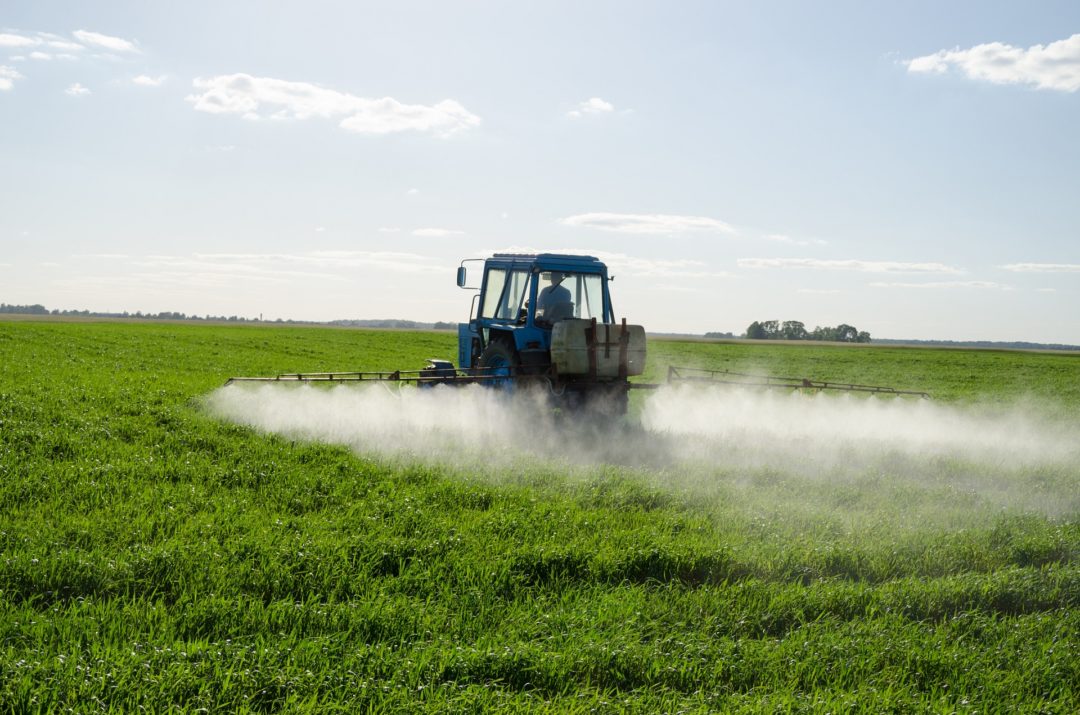EPA reported that chlorpyrifos, organophosphate insecticide, leads to neurotoxicity and has been associated with potential neurological effects in children. It is used for a large variety of agricultural uses, including on soybeans, fruit and nut trees, broccoli, cauliflower, and other row crops.
In its final rule, EPA is revoking all “tolerances” for chlorpyrifos, which establish an amount of a pesticide allowed on food. The agency also announced that it will issue a Notice of Intent to Cancel under the Federal Insecticide, Fungicide, and Rodenticide Act to cancel registered food uses of chlorpyrifos associated with the revoked tolerances. EPA reported that after the tolerances are revoked under the final rule, chlorpyrifos applications to food commodities will result in food being considered adulterated, and distribution of adulterated food in interstate commerce is unlawful under FFDCA.
EPA also reported that non-agricultural uses are unaffected by the final tolerance rule. Non-food products are sold as liquids, granules, water- dispersible granules, wettable powders, and water-soluble packets, and may be applied by ground equipment. A pre-publication notice of the final rule can be foundhere.
EPA alsoshared the regulatory historyof chlorpyrifos, and noted that this latest actions respond to the Ninth Circuit’s orderdirecting EPA to issue a final rule in response to the 2007 petition filed by Pesticide Action Network North America and Natural Resources Defense Council. That petition requested that EPA revoke all chlorpyrifos tolerances over safety concerns that include the potential for neurodevelopmental effects in children.
“Today EPA is taking an overdue step to protect public health," said Administrator Michael S. Regan in a press release. "Ending the use of chlorpyrifos on food will help to ensure children, farmworkers, and all people are protected from the potentially dangerous consequences of this pesticide. After the delays and denials of the prior administration, EPA will follow the science and put health and safety first.”
As explained in the release, EPA determined "the current aggregate exposures from use of chlorpyrifos do not meet the legally required safety standard that there is a reasonable certainty that no harm will result from such exposures." EPA also pointed out that several other countries, including the European Union and Canada, as well as some states including California, Hawaii, New York, Maryland, and Oregon, have taken similar action to restrict the use of this pesticide on food.
In addition, EPA reported that it is continuing to review the comments submitted on the chlorpyrifosproposed interim decision, draft revised human health risk assessment, and draft ecological risk assessment, available at www.regulations.gov. The release explains: "After considering public comments, the agency will proceed with registration review for the remaining non-food uses of chlorpyrifos by issuing the interim decision, which my consider additional measures to reduce human health and ecological risks."
AsWholeFoodshas shared, over the past several years Legal Editor Scott C. Tipshas reported his concerns with chlorpyrifos—which he calls "one of the most odious of the pesticides"—as well as other pesticides, in hisLegal Tips column.
The American Herbal Products Association (AHPA) helped spread the word of the latest EPA action, and noted that AHPA continues to monitor EPA pesticide tolerance activities of potential interest to the herbal products industry.










